LITERATURE READING Orthopaedics 1 Congenital talipes equinovarus (CTEV) Talipes, literally "anklefoot", refers to the talus Equinovarus refers to the position of the clubfoot, in equinus and varus or adductus 2 Congenital deformity 1 of 1000 babies One or both feet boy girl = 2 1 1st trimester of pregnancy The foot pointing downwards and twisted inwards Club, "kidneyPage 1 of 9,993 results for club foot Hardik Pawar Management of club foot 30 slides chawala987 Club foot treatment 1 slide MONTHER ALKHAWLANY Club foot ppt 16 slides ProfDrShaliBSMamata College of Nursing,Khammam,Telangana Club foot 21 slidesDennis Brown Splint's bar is made up of highquality and lightweight aluminum and has a knob to adjust the distance between the splint which should be equal to the shoulder length Adjustment of foot abduction and abduction according to medical requirement and infant patient's condition A unique ankle strap ensures the heel to fit inside

Clubb Foot
Club foot types ppt
Club foot types ppt-Any foot with deformity that has received any type of treatment other than the Ponseti method may have added complexity because of additional pathology or scarring from surgery Resistant Clubfoot edit edit source This is a Clubfoot where Ponseti Treatment has been correctly performed but there has been no significant improvementMic foot abduction orthosis in terms of (1) parental compliance and (2) effectiveness in preventing recurrent clubfoot deformities Twentyeight patients (49 clubfeet) who were treated with a dynamic foot abduction orthosis in accordance with the Ponseti method were included in this study Of the 28 patients, 18 had idiopathic clubfeet (31 clubfeet), 2 had complex idiopathic clubfeet (4




Clubfoot Congenital Talipes Equinovarus
CONGENITAL TALIPES EUINO VARUS (CTEV) DEFINITION/INTRODUCTION Congenital talipes equinovarus, also known as 'club foot', is a congenital foot deformity present at birth It is one of the most common congenital deformities The foot consists of 26 bones Most relevant for this congenital deformity are the talus, calcaneus and navicularThese can increase the risk of clubfoot as well 13 TYPES Talipus varus inversion or bending inward of foot Talipes valgus eversion or bending outward of foot Talipes equinus planter flexion and toe is lowe than heel • Talipes calcaneous dorsiflexion, toe is higher than heel Resistant clubfoot—a clubfoot in which In a club foot, the entire foot is twisted "down and in," to the point that it looks like the feet are upside down, with the soles pointed upward In most cases, there is no known cause of idiopathic clubfoot deformity Clubfoot is one of the most common nonmajor birth defects Today, clubfoot can be treated with the conservative Ponseti Method of casting rather than extensive
Occasionally the foot may have been held in a curved position in a crowded uterus (positional clubfoot);Video on POSNAcademy Posteromedial Release for club foot Summary Isolated clubfoot is a common anomaly that involves all the tissues below the knee The initial treatment should be nonoperative Good to excellent long term outcomes can be expected with this treatment despite a slight amount of residual deformityCongenital Talipes Equinovarus (Clubfoot) Anatomy/Terminology 3 main sections 1Hindfoot talus, calcaneus 2Midfoot navicular, cuboid, cuneiforms 3Forefoot metatarsals and phalanges Anatomy/Terminology Important joints 1 tibiotalar (ankle) plantar/dorsiflexion 2 talocalcaneal (subtalar) inversion/eversion Important tendons 1 achilles (post calcaneus) plantar flexion
Club Foot is when one or both babies feet are turned inward and downward and cannot be put into normal position easily Clubfoot is also called Talipes equinovarus, and Talipes Type of Disorder Slideshow by lindsayClubfoot is a congenital foot deformity that affects a child's bones, muscles, tendons, and blood vessels The front half of an affected foot turns inward and the heel points down In severe cases, the foot is turned so far that the bottom faces sideways or up rather than down The condition, also known as talipes equinovarus, is fairly commonClubfoot is a foot deformity classified into three different types idiopathic (unknown cause), neurogenic (caused by condition of the nervous system) and syndromic (related to an underlying syndrome) Idiopathic Clubfoot Also known as talipes equinovarus, idiopathic clubfoot is the most common type of clubfoot and is present at birth
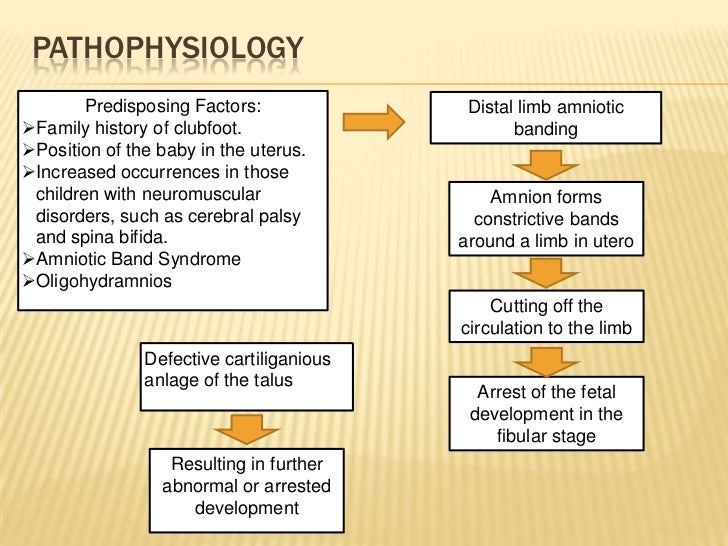



Club Foot




Congenital Clubfoot Congenital Talipes Equino Varus Ppt Video Online Download
9 CLUB FOOT Types Idiopathic (Unknown Etiology) CongenitalTalipes EquinoVarus CTEV Acquired, Secondary to CNS Disease Spina bifida, Poliomyelitis Arthrogryposis Multiplex Congenita Absent Bone fibula / tibia 10 CTEV MOST COMMON CONGENITAL FOOT DISORDER MALES 1/1000 LIVES BIRTHS 11Deformity foot points downwards and inwards Hindfoot equinus and varus;Clubfoot, also known as talipes equinovarus (TEV), is a common foot abnormality, in which the foot points downward and inward The condition is present at birth, and involves the foot and lower leg It occurs twice as often (21) in males than in females It may affect one or both feet (50 % are bilateral) For parents with no family medical
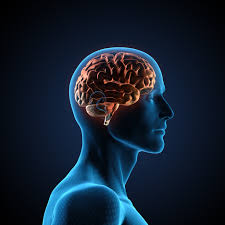



Club Foot China Pdf Ppt Case Reports Symptoms Treatment
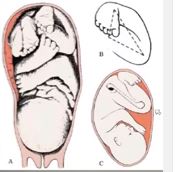



Introduction To Clubfoot Physiopedia
Congenital club foot in the human fetus A histological study J Bone Joint Surg Am 1980 Jan 62 (1)2 Scher DM The Ponseti method for treatment of congenital club foot Curr Opin Pediatr 06 Feb 18 (1)225 Hussain FN The role of the Pirani scoring system in the management of club foot by the Ponseti methodComparison of Different Structural Foot Types for Measures of Standing Postural Control LiangChing Tsai, PT, MS1 Bing Yu, PhD2 Vicki S Mercer, PT, PhD2 Michael T Gross, PT, PhD3 Study Design Matched group comparison of 3 subject groups with 3 different foot structures for force plate and clinical measures of postural controlTalipes refers to the foot and ankle Equinovarus refers to the position of the foot pointing down and turning inwards Congenital Talipes Equinovarus is sometimes referred to as club foot Club foot occurs in less than 05% of births It is more common in boys than girls In half of the babies with club foot, both feet are affected




Clubfoot Treatment In 15 A Global Perspective Bmj Global Health




The Magnificent 50 Free Powerpoint Templates
Club Foot Talipes equinovarus (once called club foot) is a deformity of the foot and ankle that a baby can be born with It is not clear exactly what causes talipes In most cases, it is diagnosed by the typical appearance of a baby's foot after they are born The Ponseti method is now a widely used treatment for talipesClub Foot is a relatively common birth defect, occurring in about one in every 1,000 live births Approximately half of people with clubfoot have it affect both feet, which is called bilateral club foot In most cases it is an isolated disorder of the limbs It occurs in males twice as frequently as in females The affected foot appears to haveClubfoot is a relatively common foot deformity Sometimes it affects the entire lower leg as well as the foot In the most common type, clubfoot is the only birth defect present Treatment starts with a series of casts If this doesn't correct your child's deformity within a few months, surgery is
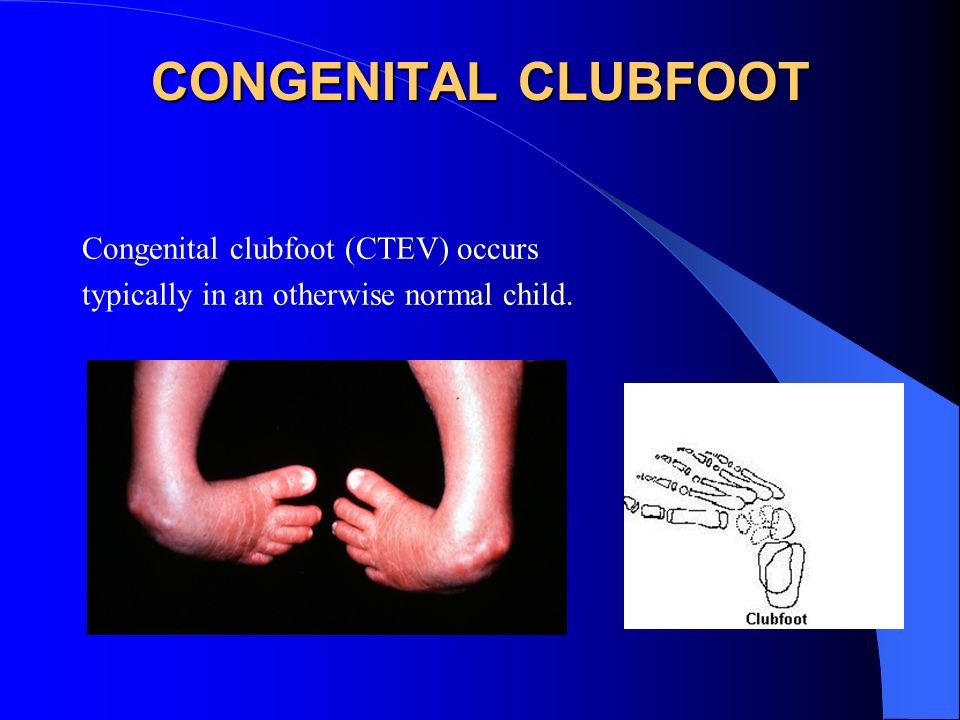



Congenital Clubfoot Congenital Talipes Equino Varus Ppt Video Online Download




Club Foot Ppt Powerpoint
Categories of club foot, on basis of joint motion and ability to reduce the deformities 11 i Soft foot also called postural foot can be treated by physiotherapy and standard casting treatment ii 2 Soft > Stiff foot occurs in 33% of cases It is usually a long foot which is more than 50% reducible and treated withFor example, if there are twins Positional clubfoot is much quicker to correct than idiopathic or syndromic clubfoot Your doctor will tell you what type of clubfoot your baby has When should treatment begin?Title Congenital Talipes EquinoVarus (Congenital Clubfoot) Author USER Last modified by mazloumim Created Date PM Document presentation format – A free PowerPoint PPT presentation (displayed as a Flash slide show) on PowerShowcom
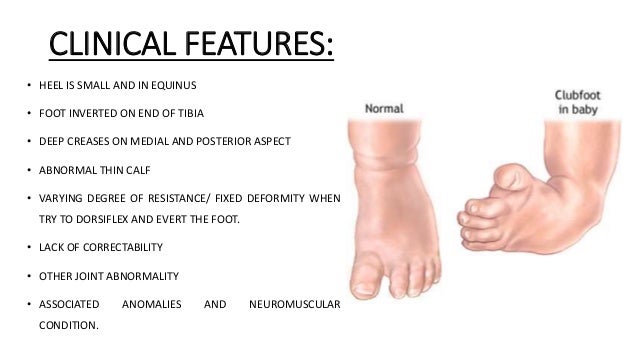



Congenital Talipes Equinovarus Club Foot Ctev Ppt By Dr Pratik




Club Foot
Club Foot By Cassie Maier What is Club Foot?Club foot On the Web Most recent articles Most cited articles Review articles CME Programs Powerpoint slides Images American Roentgen Ray Society Images of Club foot All Images Xrays Echo & Ultrasound CT Images MRI;Common Questions and Answers about Foot anatomy ppt foot But the baby had the legs and feet curled up in between so it could have been the leg or foot bone I honestly think it looked like a foot bone I looked up pics of the girl anatomy and none of the pics I seen looked anything like what she showed us Idk she's the tech I guess but now I




Clubfoot Presentation Pdf Foot Ankle




Congenital Clubfoot Congenital Talipes Equino Varus Ppt Video Online Download
Clubfoot genetics •Male female ratio 31 •40% bilateral •2nd child in family with CTEV 1/35 •Monozygotic twins 325% coincidence •Dizygotic 29% •Probably multifactorial condition withRead chapter 234 of The Color Atlas of Physical Therapy online now, exclusively on AccessPhysiotherapy AccessPhysiotherapy is a subscriptionbased resource from McGraw Hill that features trusted PT content from the best minds in the field Congenital club foot in the human fetus A histological study J Bone Joint Surg Am 1980 Jan 62 (1)2 Scher DM The Ponseti method for treatment of congenital club foot Curr Opin Pediatr 06 Feb 18 (1)225 Hussain FN The role of the Pirani scoring system in the management of club foot by the Ponseti method




Clubb Foot
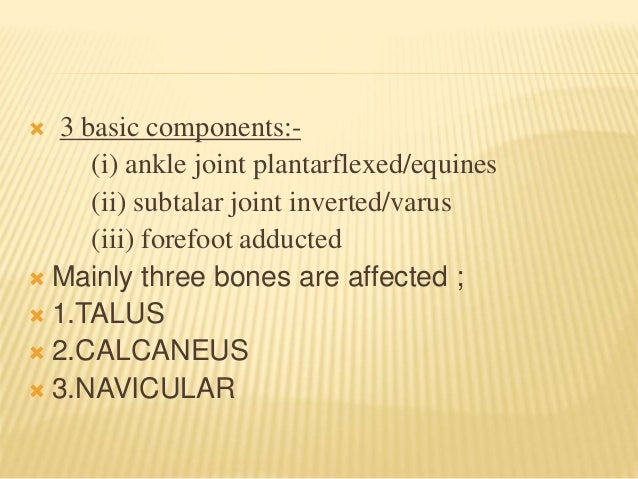



Club Foot
Clubfoot Clubfoot is a deformity in which an infant's foot is turned inward, often so severely that the bottom of the foot faces sideways or even upward Approximately one infant in every 1,000 live births will have clubfoot, making it one of the more common congenital (present at birth) footClub foot congenital clubfoot causes, symptoms, treatment Types of clubfoot club foot in baby and clubfoot in adults Children do better if you develop a fixed routine for the bracewearUnformatted text preview Congenital Talipes EquinoVarus (Congenital Clubfoot) Dr Mohamed M Zamzam Associate Professor & Consultant Pediatric Orthopedic Surgeon THE NORMAL FOOT Complex organ that is required to be Stable for supporting the body weight in standing Resilient for walking and running Mobile to accommodate variations of surface Cosmetic CLUB FOOT Gross deformity of the foot




Congenital Clubfoot Congenital Talipes Equino Varus Ppt Video Online Download




Club Foot Ppt Powerpoint
It is often found that this type of clubfoot is not in fact idiopathic after all and is secondary or syndromic "Atypical" Clubfoot this is a type of clubfoot dealt with in the advanced section of this course (chapter 15) It involves a foot that is often swollen, has a plantarflexed first metatarsal and an extended big toeOngoing Trials at Clinical Trialsgov US National Guidelines Clearinghouse NICE Guidance FDA on Club foot CDC on ClubFoot deformities are a heterogeneous group of congenital and acquired conditions involving structural abnormalities or muscular imbalances that affect the function of the foot The deformities are classified according to clinical appearance The most recognizable congenital foot deformity is the clubfoot deformity, which is characterized by




5 Ways To Avoid Death By Powerpoint Presentation Mind Tools Blog




Club Foot Talipes Equinovarus Ppt Download
Flat Foot or Pes Planus The opposite of a high arched foot is a flat foot (pes planus), which, due to its structure, is "loose" Flat foot is among the most common structural deformities of the foot, in which the medial arch is collapsed or begins to collapse at some point 3 This deformity can be congenital or acquired if ligaments can no longer support the foot structure Club foot 1 CLUB FOOT Presented By Sushant 2 INTRODUCTION Talipes Latin talus (ankle) pes (foot) Equino indicates the heel is elevated (like a horse's) varus indicates it is turned inward It is a congenital malformation of the lower extremity that affects the lower leg, ankle, and foot Club foot, also called congenital talipes equinovarus (CTEV), isThe foot points downward, and the toes may be curled inward The foot appears to be sideways or sometimes even upsidedown The foot may be smaller than a normal foot by up to a halfinch




Ctev Ppt By Krr Ppt Powerpoint




Systematic Review And Meta Analysis Of Global Birth Prevalence Of Clubfoot A Study Protocol Bmj Open
Club Footppt Free download as Powerpoint Presentation (ppt), PDF File (pdf), Text File (txt) or view presentation slides online club footDobbs Clubfoot Bar Dobbs Clubfoot Bar a spring reset brings the child's feet back to neutral in a resting position Clubfoot Brace Shoes the spring maintains an active dorsiflexion stretch while still allowing the child to play and crawl in the brace Dobs bar4 3 Goal and result of the Ponseti treatment The goal is to reduce if not eliminate all elements of the Clubfoot deformity to obtain a functional, flexible, pain free, strong, normal looking, plantigrade and normal shoeable foot




Ppt Club Foot Powerpoint Presentation Free Download Id




Clubfoot Presentation Pdf Foot Ankle
Dennis Roy MD, in Pediatric Clinical Advisor (Second Edition), 07 Basic Information Definition Clubfoot is a complex deformity of the foot with hindfoot equinus (ie, plantar‐flexion) and varus (ie, turned inward), cavus of the midfoot, and forefoot adduction of varying severity SynonymRachel Knott The roleAtypical clubfeet or complex idiopathic clubfeet are defined by Ponseti as "having rigid equinus, severe plantar flexion of all metatarsals, a deep crease above the heel, a transverse crease in the sole of the foot, and a short hyperextended first toe" (Ponseti, 06) While typical idiopathic clubfeet respond well to the standard method of
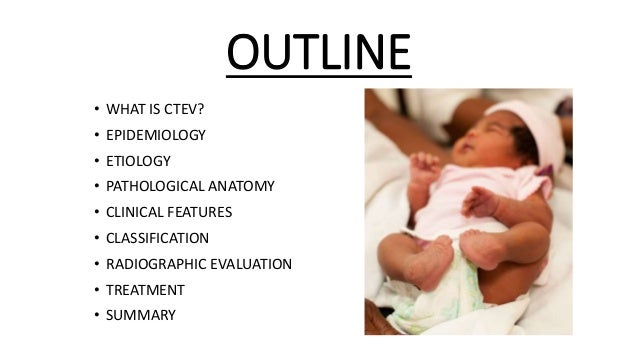



Congenital Talipes Equinovarus Club Foot Ctev Ppt By Dr Pratik




Ppt Facts About Fall By Podiatric Doctors New York Department Of Health Powerpoint Presentation Free To Download Id 8ce336 Ywm4m
Clubfoot (congenital talipes equinovarus) Clubfoot, also known as congenital talipes equinovarus, is a common idiopathic deformity of the foot that presents in neonates Diagnosis is made clinically with a resting equinovarus deformity of the foot Treatment is usually ponseti method castingThe number is relatively static year by year A technique called the Ponseti method is the main treatment for club foot, as it has been shown to be more effective and have better longterm results compared to the operations used in the past (PAID) scale amongst patients with Type 2 diabetes PPT Version PDF Version;Clubfoot, also called talipes equinovarus, is a birth defect that affects the foot and ankle It's a congenital condition, which means that a baby is born with it The foot or feet turn inward When you look at the foot, the bottom of the foot often faces sideways or even up Clubfoot happens because of a problem with the tendons, the tissues
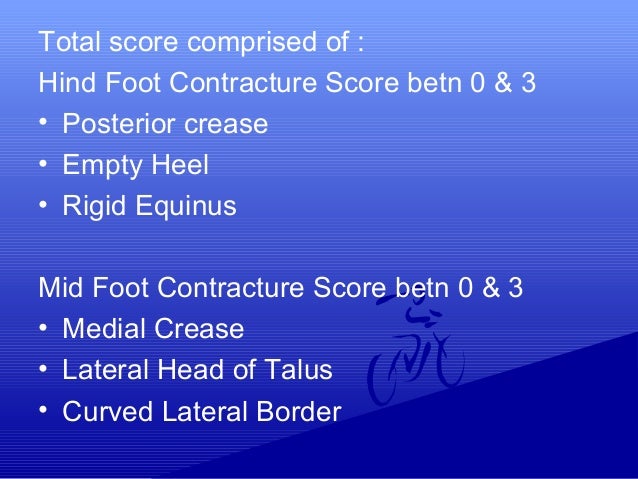



Ctev Ppt By Krr
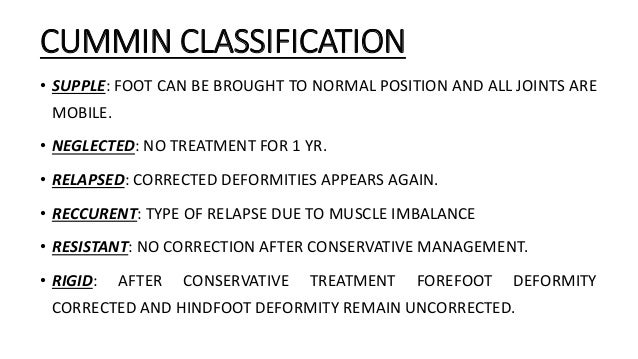



Congenital Talipes Equinovarus Club Foot Ctev Ppt By Dr Pratik
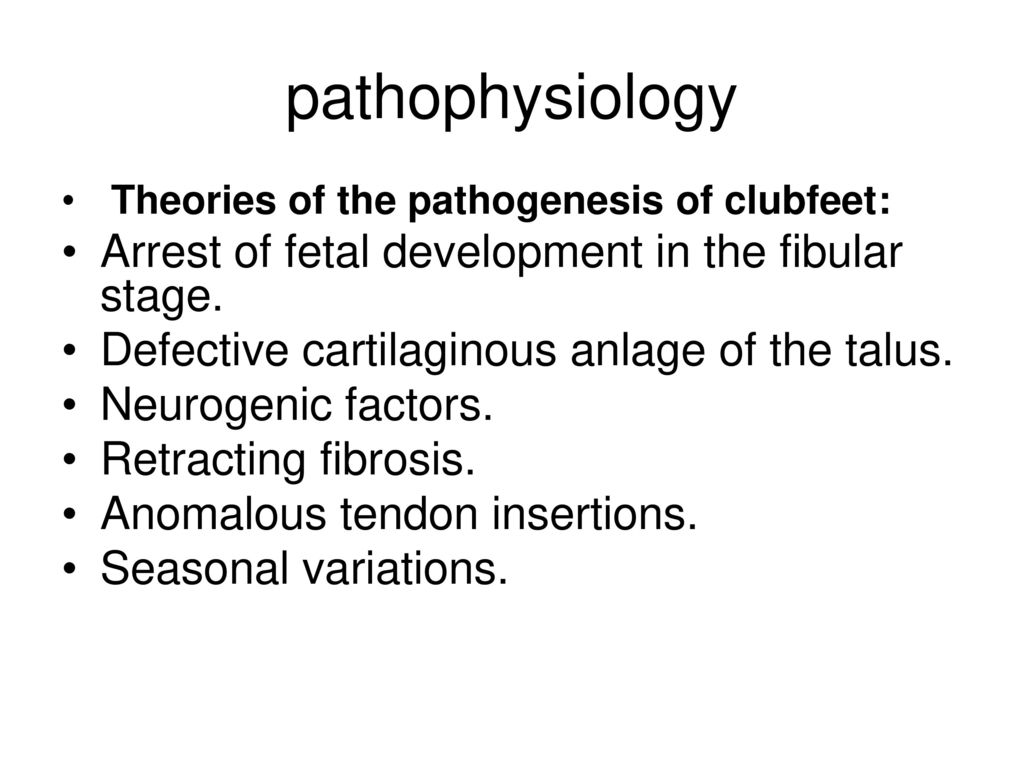



Club Foot Talipes Equinovarus Ppt Download
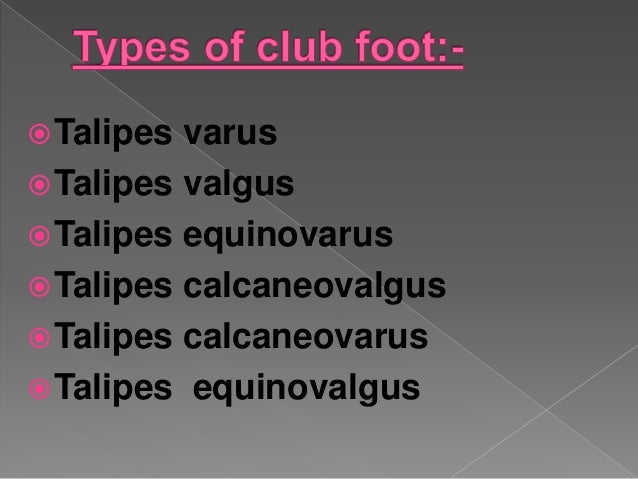



Club Foot



1




Clubfoot Presentation Pdf Foot Ankle
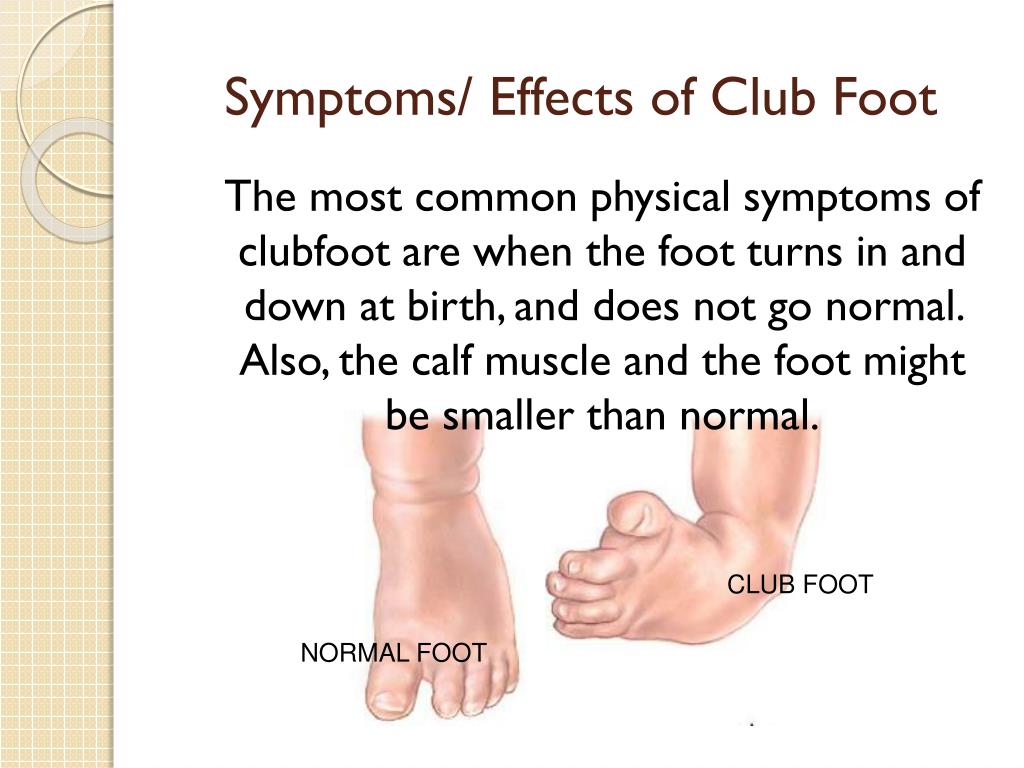



Ppt Club Foot Powerpoint Presentation Free Download Id




Club Foot




Clubfoot Treatment In 15 A Global Perspective Bmj Global Health




Club Foot Pdf Foot Hip
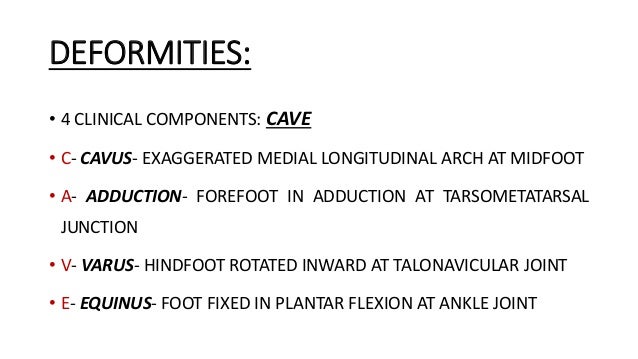



Congenital Talipes Equinovarus Club Foot Ctev Ppt By Dr Pratik




1 Case A New Born Child Is Presented With B L Clubfeet Ppt Video Online Download




Poetry Powerpoint Ks1 Simple Poems




The Magnificent 50 Free Powerpoint Templates



1




Club Foot Ppt Powerpoint




Club Foot
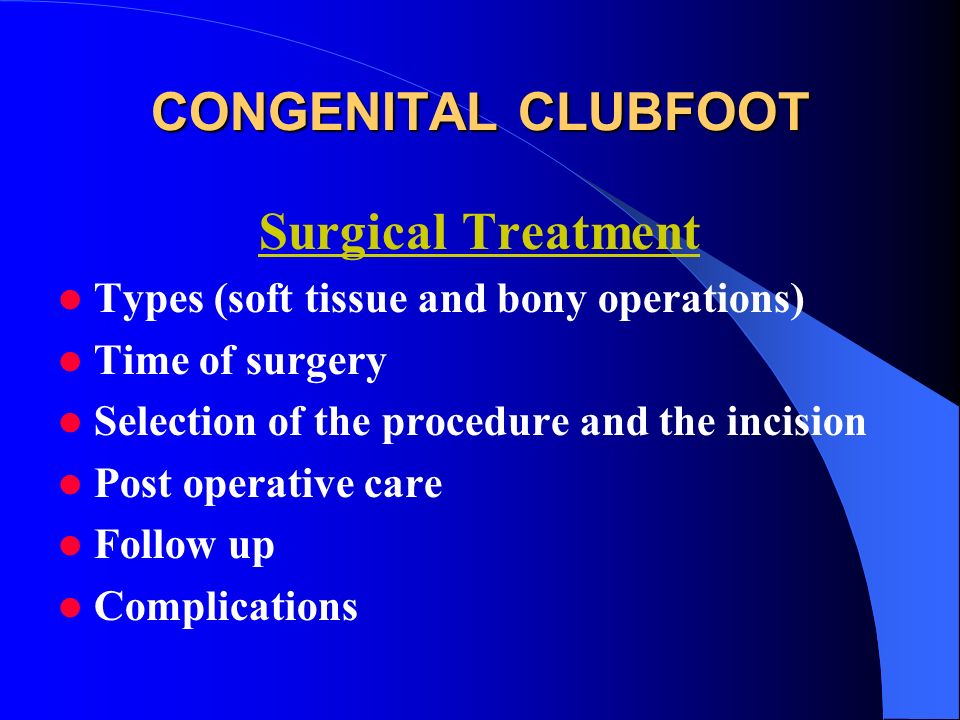



Congenital Clubfoot Congenital Talipes Equino Varus Ppt Video Online Download
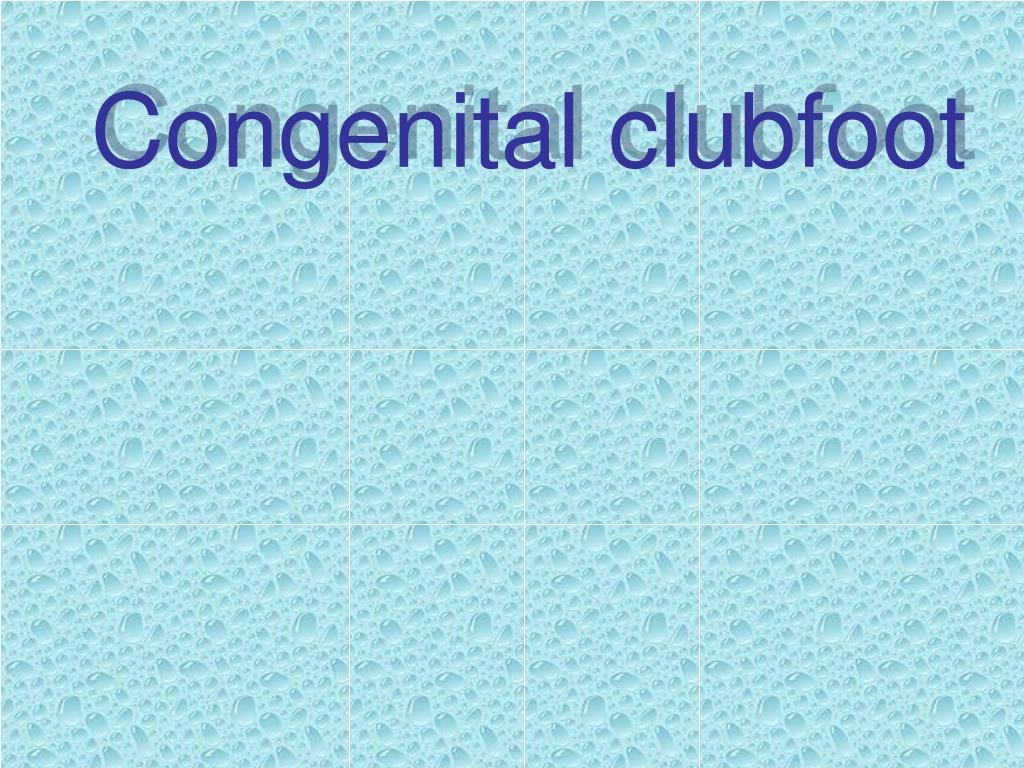



Ppt Congenital Clubfoot Powerpoint Presentation Free Download Id 504




Ppt Talipes Clubfoots Powerpoint Presentation Free Download Id




Club Foot
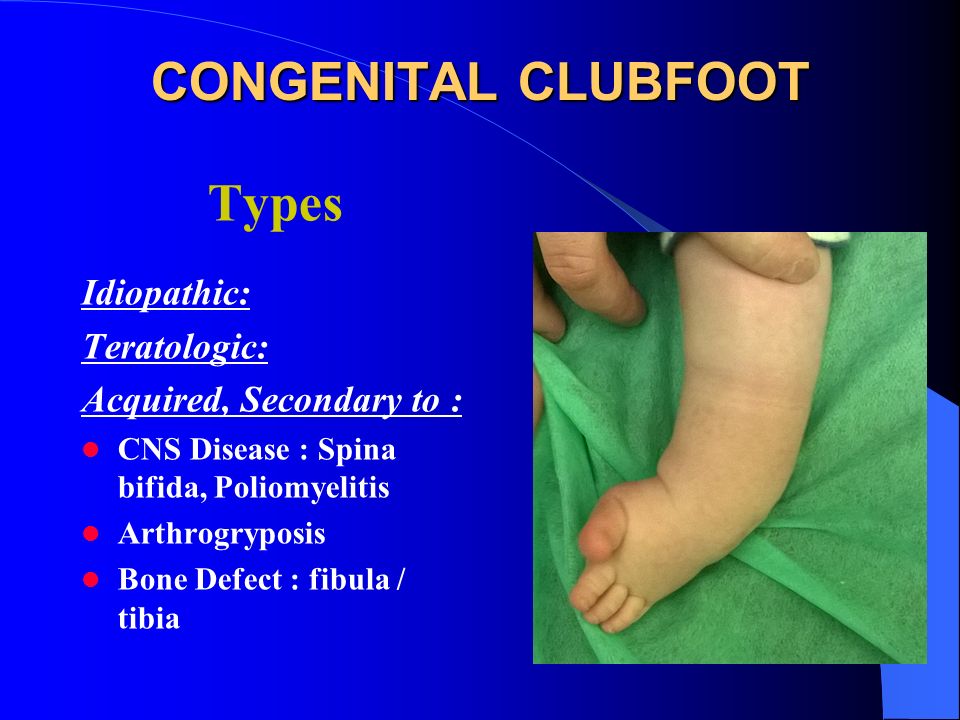



Congenital Clubfoot Congenital Talipes Equino Varus Ppt Video Online Download
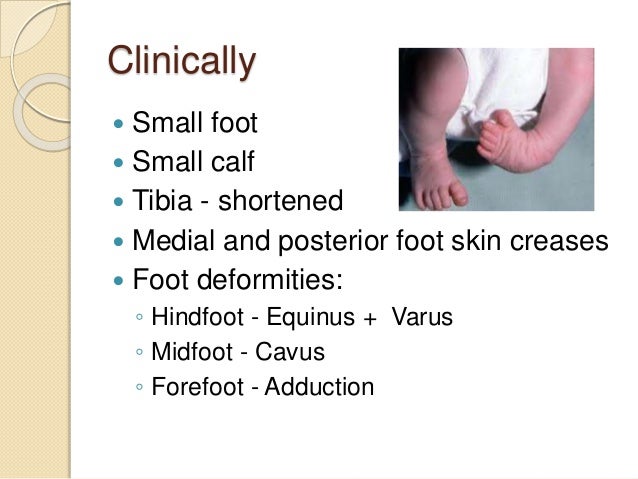



Congenital Clubfoot




Clubfoot Flip Ebook Pages 1 Anyflip Anyflip




Congenital Talipes Equino Varus Congenital Clubfoot Ppt Video Online Download




Clubfoot Congenital Talipes Equinovarus
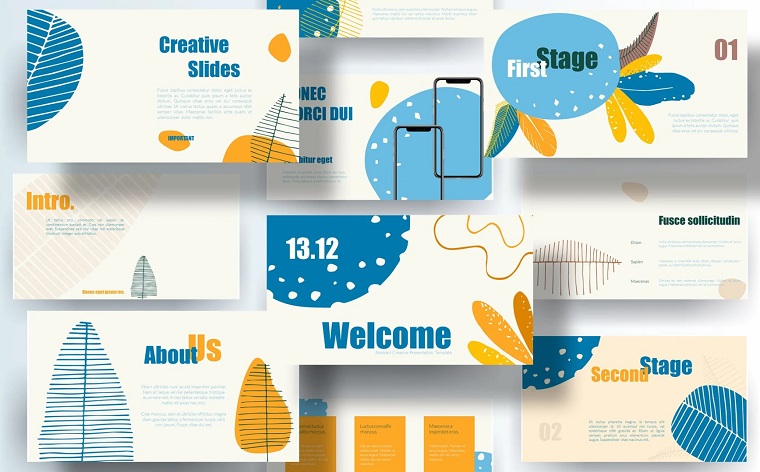



The Magnificent 50 Free Powerpoint Templates
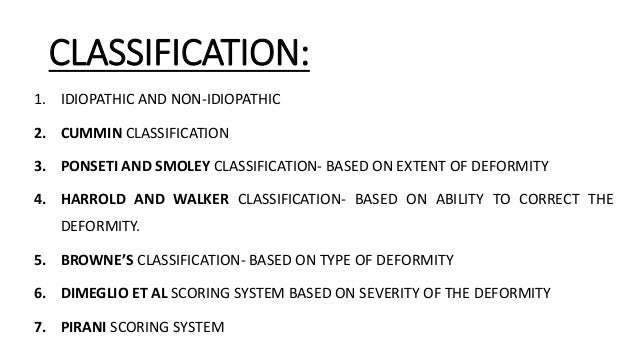



Congenital Talipes Equinovarus Club Foot Ctev Ppt By Dr Pratik




Management Of Foot Deformity In Children Sciencedirect




Club Foot




Congenital Talipes Equinovarus Club Foot Ctev Ppt By Dr Pratik
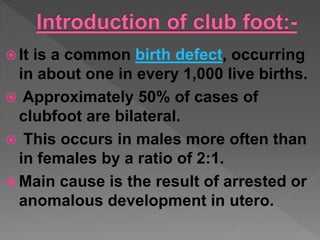



Club Foot




Club Foot Talipes Equinovarus Ppt Download




Congenital Clubfoot Congenital Talipes Equino Varus Ppt Video Online Download




Congenital Talipes Equinovarus Club Foot Ctev Ppt By Dr Pratik




Club Foot Talipes Equinovarus Ppt Download




Club Foot




Congenital Talipes Equinovarus Club Foot Ctev Ppt By Dr Pratik




Soccer Powerpoint Templates From Graphicriver




Ppt Club Foot Powerpoint Presentation Free Download Id




Adjectives Ppt Grammar Resources



1
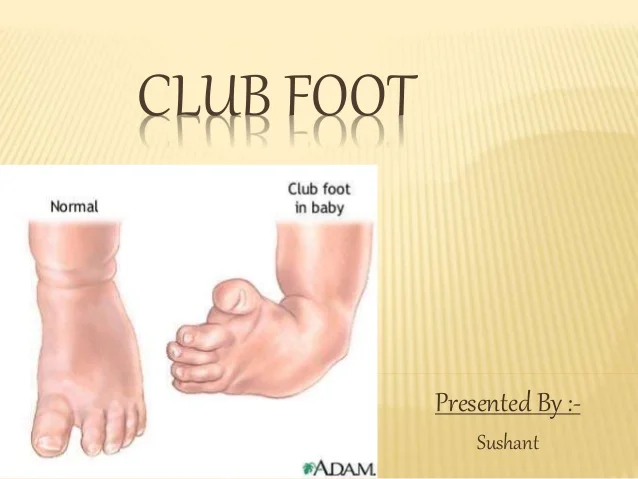



Club Foot




Club Foot Talipes Equinovarus Ppt Download




References In Treatment Of Severe Recurrent Clubfoot Foot And Ankle Clinics
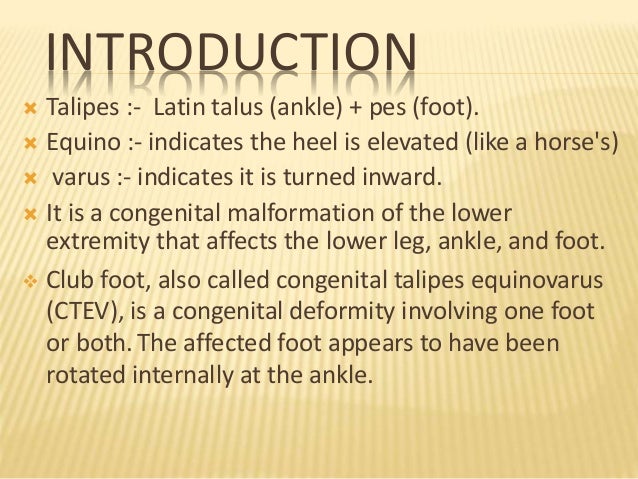



Club Foot




Clubfoot Treatment In 15 A Global Perspective Bmj Global Health
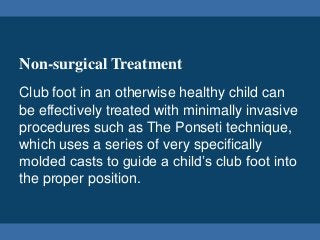



Clubfoot Congenital Talipes Equinovarus
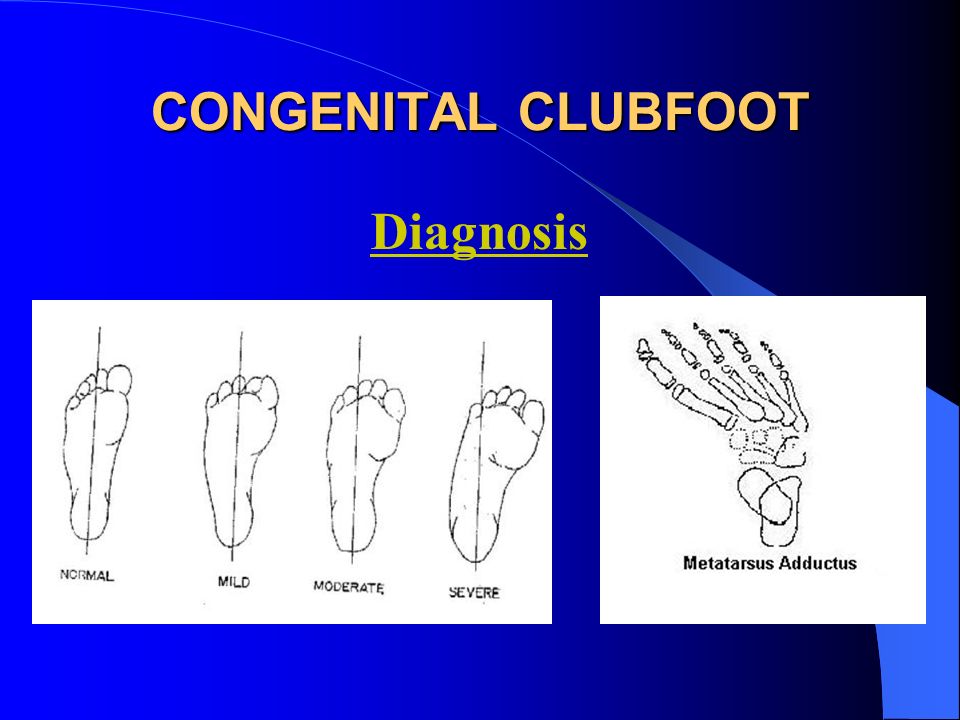



Congenital Clubfoot Congenital Talipes Equino Varus Ppt Video Online Download




Foot Binding Png Images Pngegg
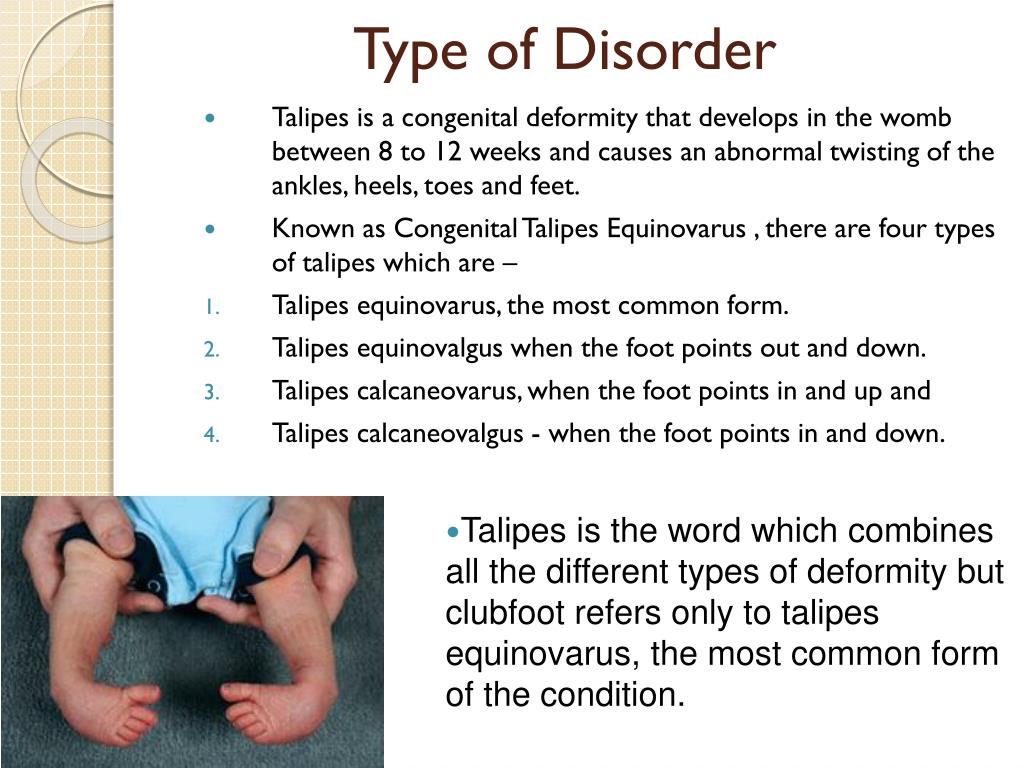



Ppt Club Foot Powerpoint Presentation Free Download Id




Club Foot Talipes Equinovarus Ppt Download




Congenital Clubfoot Congenital Talipes Equino Varus Ppt Video Online Download
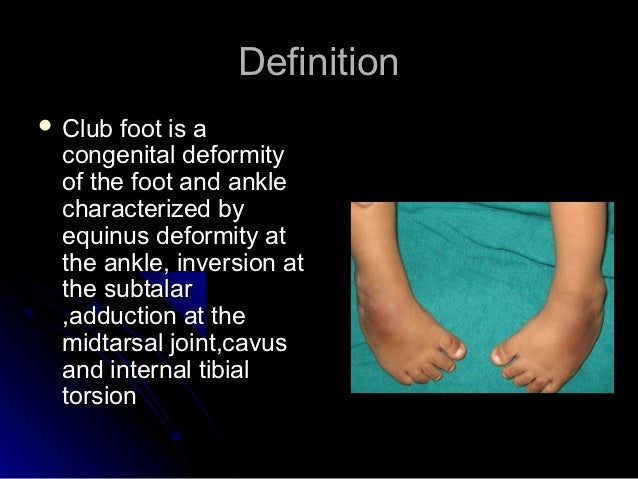



Congenital Talipes Equino Varus




Club Foot Pdf Foot Orthopedic Surgery




Ppt Club Foot Powerpoint Presentation Free Download Id




Development Of An Orthosis For Simultaneous Three Dimensional Correction Of Clubfoot Deformity Clinical Biomechanics




Fitness Center Health Club And Gym Powerpoint Presentation Slides Presentation Graphics Presentation Powerpoint Example Slide Templates




Congenital Clubfoot Congenital Talipes Equino Varus Ppt Video Online Download




Push Up Stand Max 63 Off Home Gym Pushup Handle With Ppt Foot Pad Non Slip
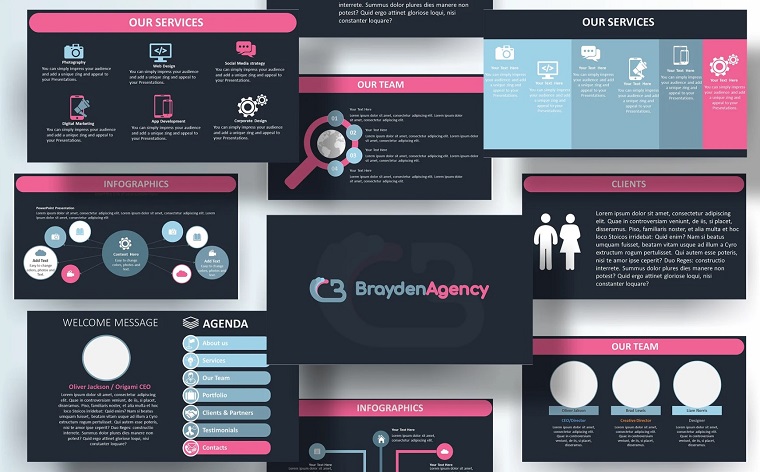



The Magnificent 50 Free Powerpoint Templates




Club Foot




Cloud Formations Powerpoint Twinkl Primary Resources




The 10 Best Presentation Fonts To Transform Your Next Powerpoint




Congenital Clubfoot
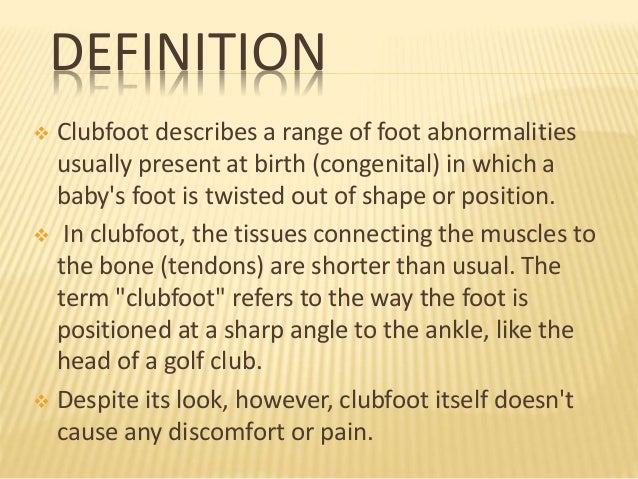



Club Foot




Club Foot Deformity Ppt Powerpoint




Congenital Clubfoot Congenital Talipes Equino Varus Ppt Video Online Download



2




Common Pediatric Lower Limb Disorders Dr Khalid Bakarman
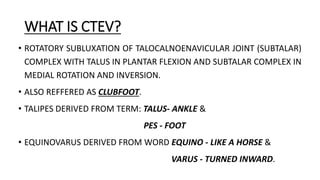



Congenital Talipes Equinovarus Club Foot Ctev Ppt By Dr Pratik



1




Ppt Club Foot Powerpoint Presentation Free Download Id




World Kindness Day Powerpoint Ppt All About Kindness
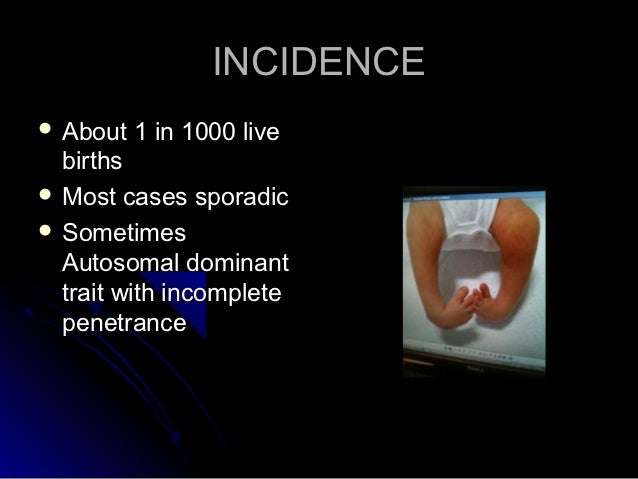



Congenital Talipes Equino Varus
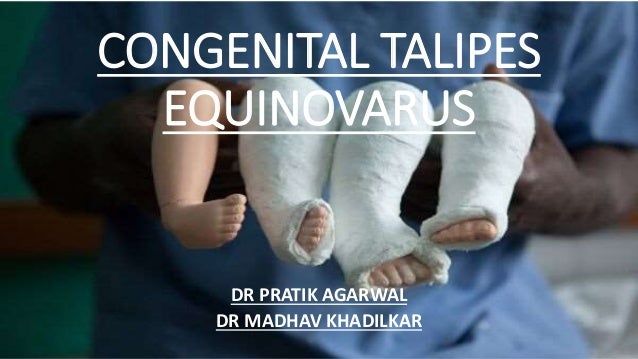



Congenital Talipes Equinovarus Club Foot Ctev Ppt By Dr Pratik
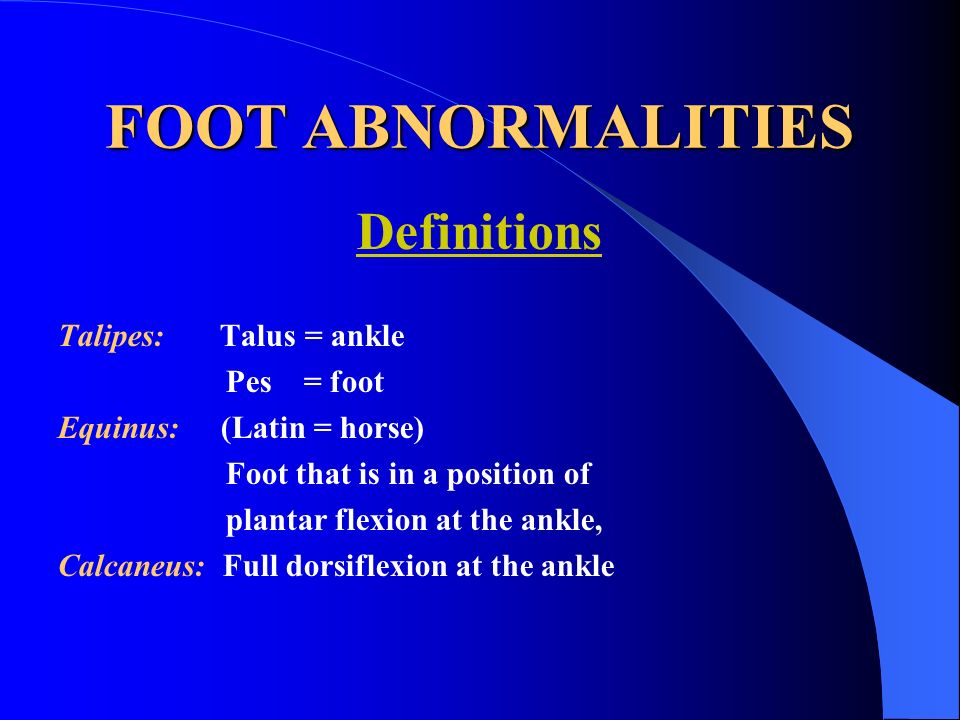



Congenital Clubfoot Congenital Talipes Equino Varus Ppt Video Online Download




Market Entry Strategy In Gym Health And Fitness Clubs Industry Powerpoint Presentation Slides Presentation Graphics Presentation Powerpoint Example Slide Templates




Club Foot 1
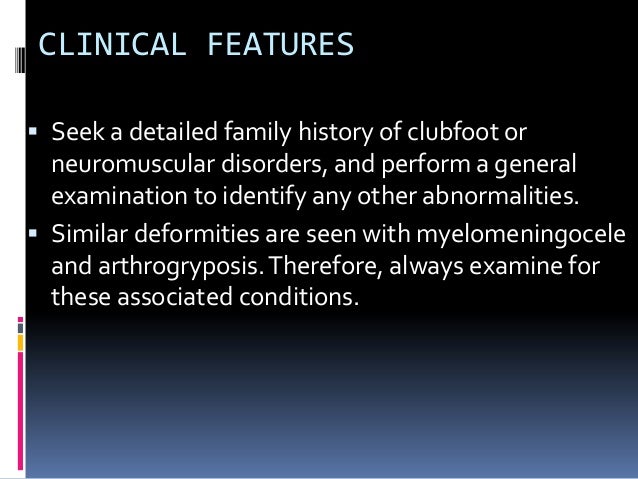



Club Foot


